Introduction
Neck pain is a common issue that affects people of all ages, often resulting from muscle strain, poor posture, or underlying spinal conditions. Your neck (cervical spine) is made up of seven vertebrae, cushioned by discs and supported by muscles and ligaments. When any part of this structure is irritated or injured, pain and stiffness can develop.
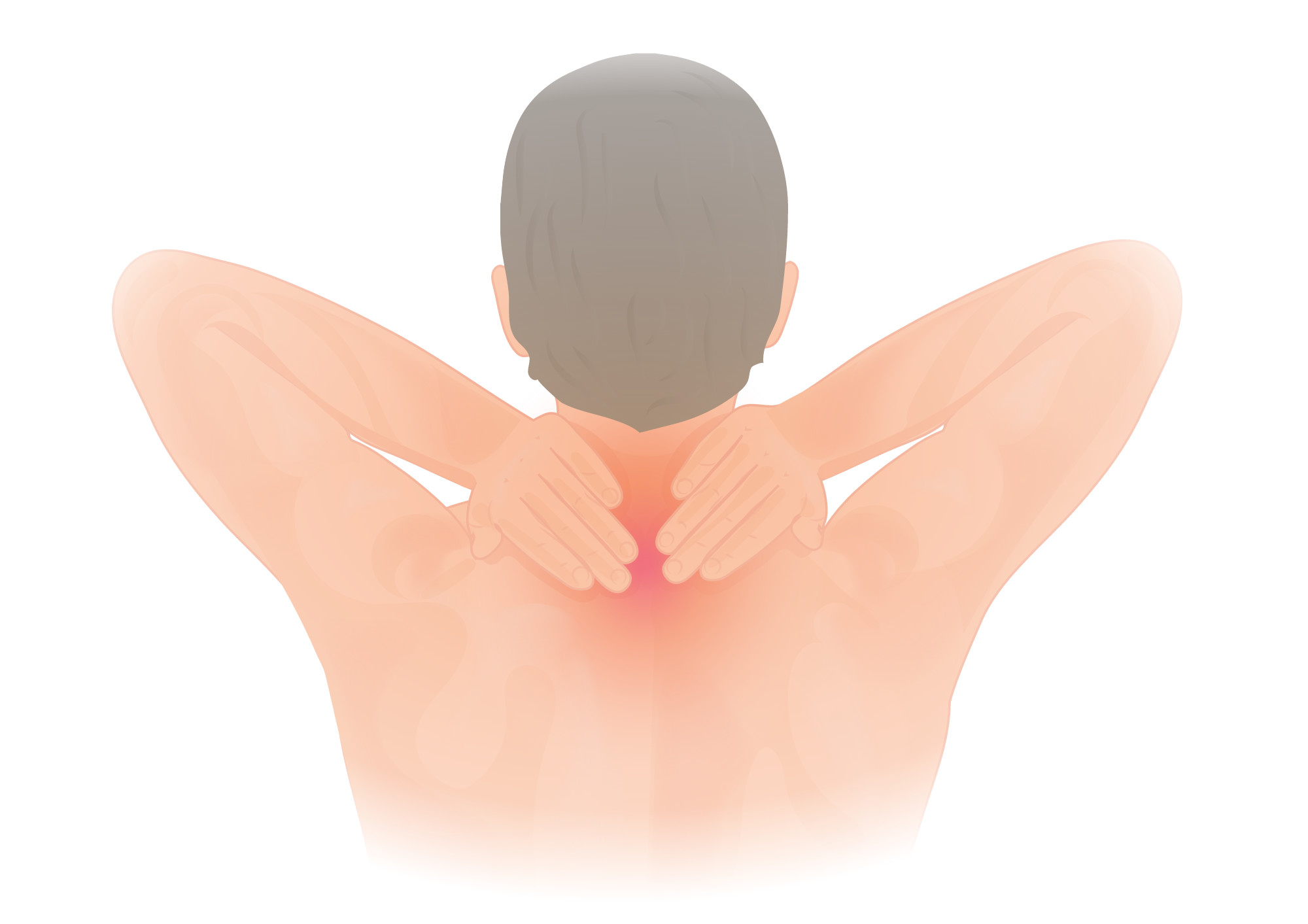
Common Causes of Neck Pain
- Muscle Strain: Overuse (e.g., phone use), poor sleeping positions, or sudden movements like whiplash.
- Degenerative Changes: Osteoarthritis, herniated discs, or bone spurs putting pressure on nerves.
- Nerve Compression: Pinched nerves (cervical radiculopathy) causing pain into the arms.
- Other Causes: Stress, trauma, or rare conditions like tumors or meningitis.
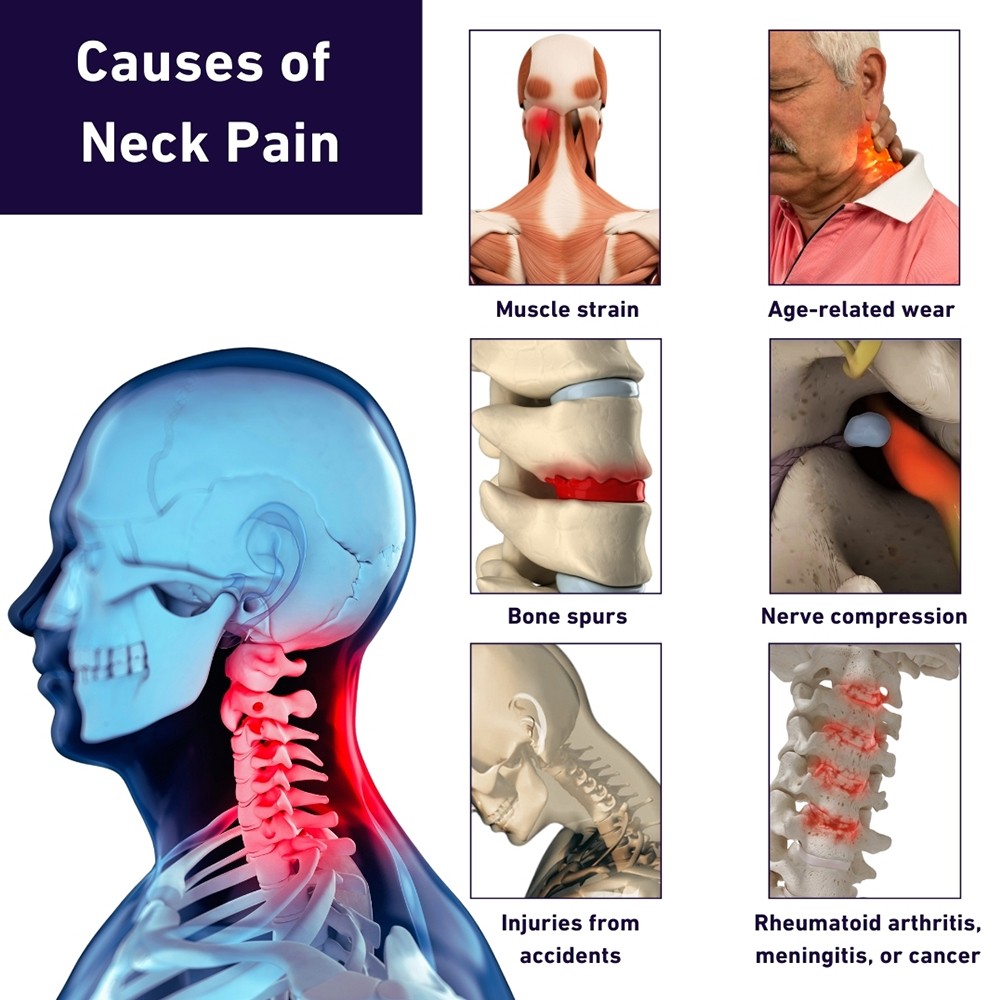
Symptoms to Watch For
- Localized Pain: Aching or stiffness in the neck.
- Radiating Pain: Sharp, burning, or tingling sensations into the shoulders or arms.
- Reduced Mobility: Difficulty turning or tilting your head.
- Headaches: Especially at the base of the skull.
- Muscle Spasms: Sudden tightness that limits movement.
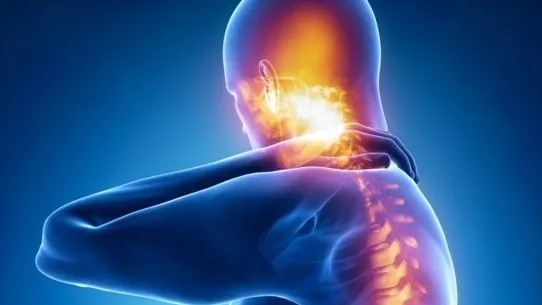
How Is Neck Pain Diagnosed?
Doctors may:
- Perform a physical exam (movement, reflexes, sensation)
- Order imaging tests (X-rays, MRI, or CT scans)
- Rule out other causes (like referred cardiac pain)
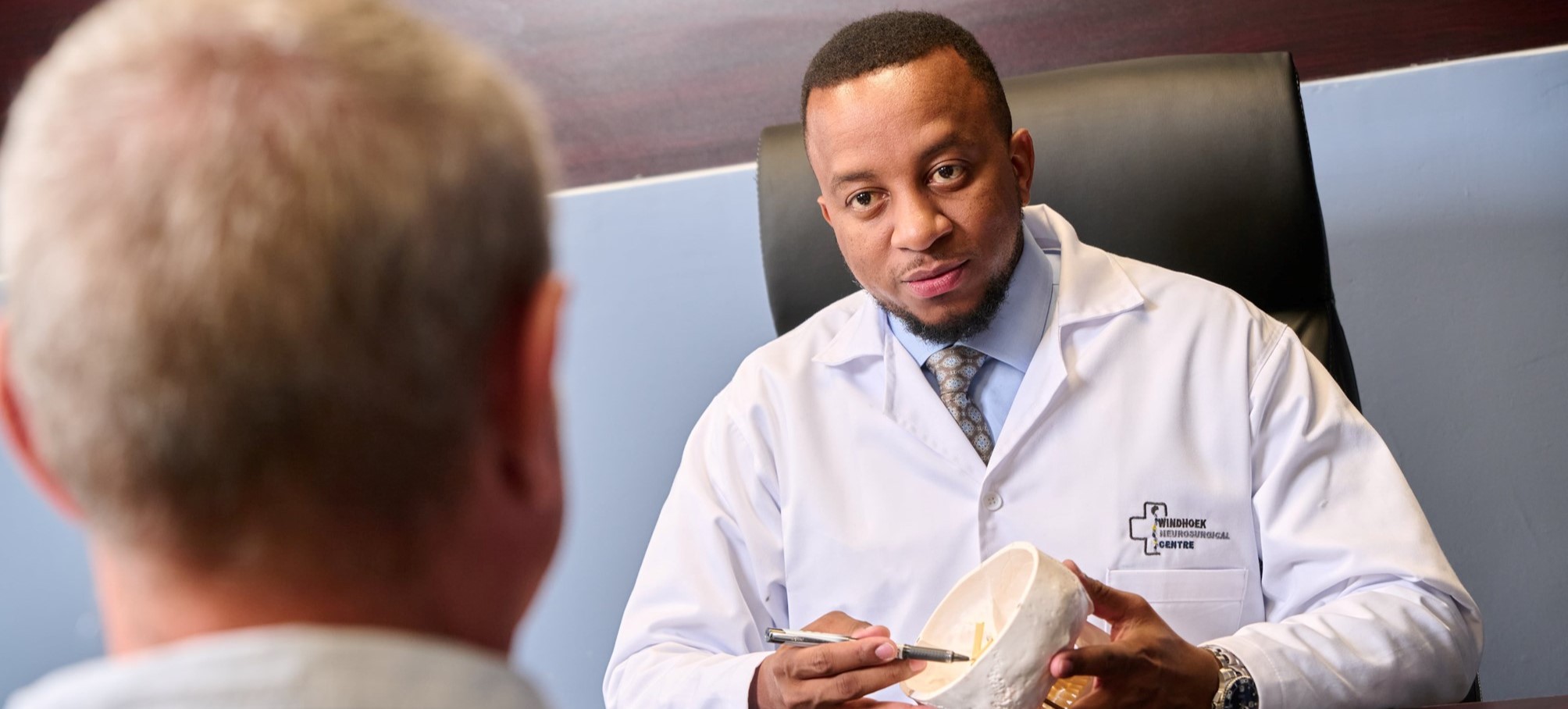
Treatment Options
Non-Surgical Treatments
- Rest & activity modification
- Ice/heat therapy (ice first 48 hrs, then heat)
- NSAIDs, muscle relaxants, or topical creams
- Physical therapy (stretching, strengthening)
- Short-term neck brace (for spasms or whiplash)
Surgical / Interventional
- Steroid injections for nerve pain
- Radiofrequency ablation for arthritic joints
- Surgery (discectomy, fusion, disc replacement) – rare
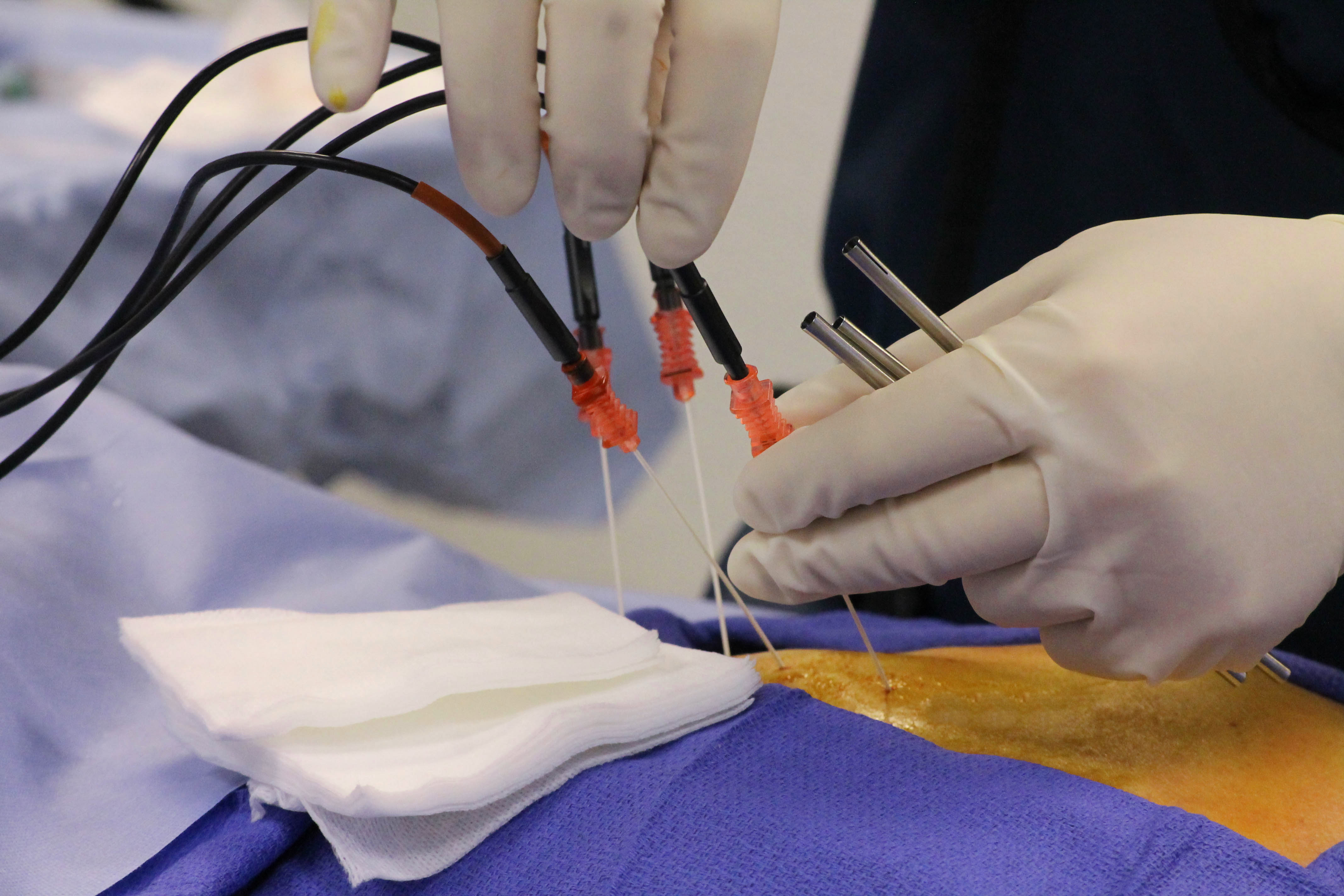
Self-Care & Prevention Tips
- Keep good posture (ears aligned with shoulders)
- Set up an ergonomic workspace
- Do neck-strengthening stretches
- Manage stress (yoga, deep breathing)
- Use a supportive pillow, avoid stomach sleeping
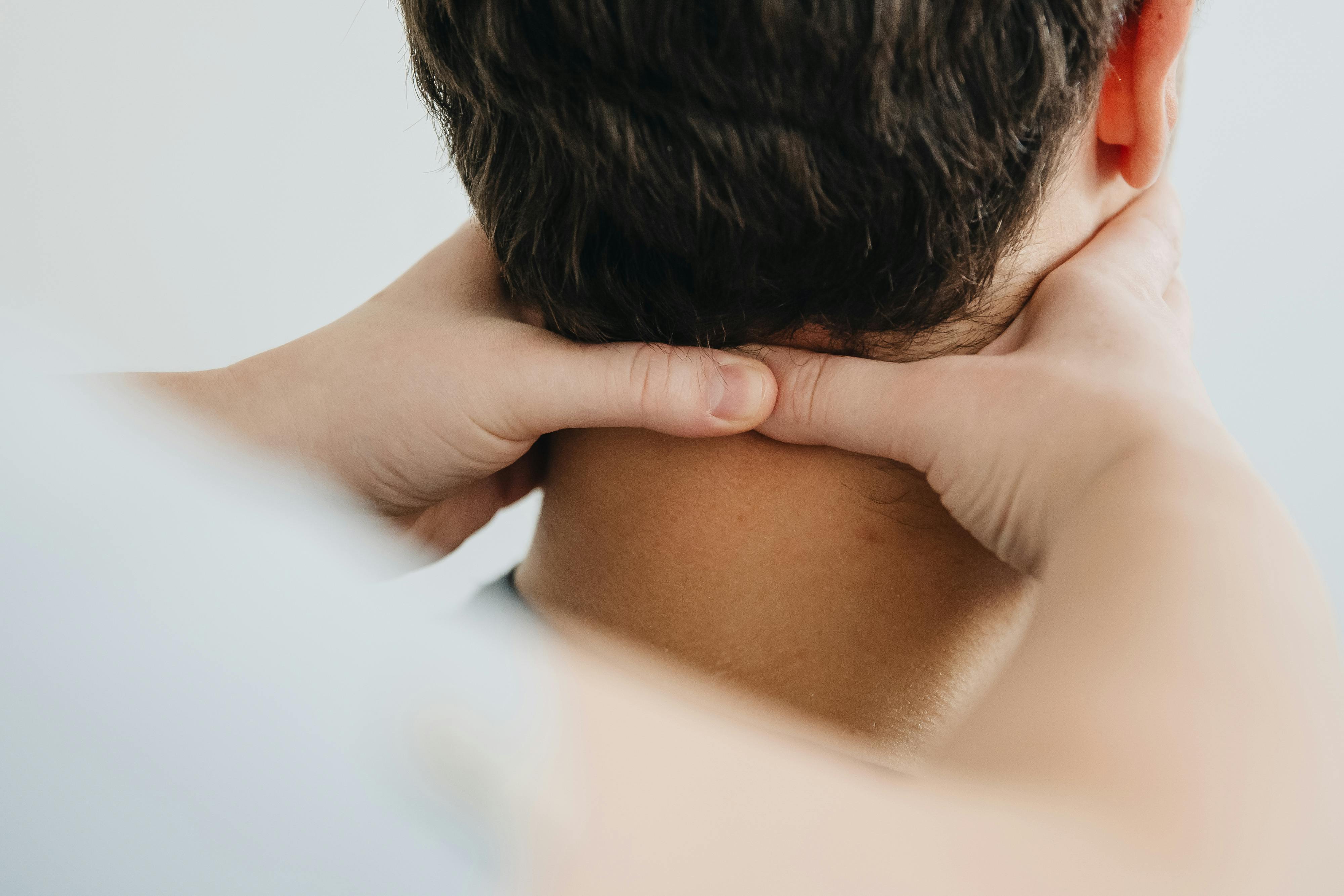
Outlook & Recovery
Most neck pain improves within weeks with proper care. Chronic cases may need long-term management, but complications are rare. Staying active and addressing posture can help prevent flare-ups.
